The trick to staying sane through a kitchen remodel is to break it down into easier-to-handle steps and learn as much as you can about each part of the kitchen in order to make an informed decision.
At Quality Bath, we aim to help every customer design their dream kitchen. We’ve provided user-friendly guides to choosing countertops, sinks, and faucets for kitchens, and now we will guide you through one of the most expensive and important kitchen purchases: the kitchen cabinets.
The first step in choosing the right kitchen cabinets is learning about the different types of cabinets and settling on a layout that works for your space and cooking style. A professional kitchen designer can help you get the most out of your existing space.
First, you’ll decide if you want stock, semi-custom, or custom cabinets.
- Stock cabinets are best for a budget renovation. They’re available in standard sizes, typically in 3″ increments from 12″ to 60″ in width. Due to size restrictions, filler pieces are sometimes needed to complete the layout. Stock cabinets are available quickly – sometimes even same-day – and are an economical choice. Many stock cabinets may be outfitted with specialty features.
- Semi-custom cabinets are considered a mid-range choice, appropriate for homeowners who want more options but are not willing or able to pay for custom cabinets. These cabinets offer more choices and flexibility in storage, style, and finishes than stock cabinets. Though they’re typically available in the same sizes as stock cabinets, they have additional options for functionality such as pull-out shelves, dividers, and lazy Susans.
- Custom cabinets are hand-constructed to fit your kitchen plans and preferences, eliminating the need for fillers that are often necessary with stock and semi-custom cabinets. Custom cabinets are designed to make the most of available space. They are the most expensive choice and ideal for oddly-shaped or non standard-sized kitchens. They are also generally made of the highest-quality material and construction and can take several weeks to be delivered and installed.
A skilled kitchen designer will help you decide on the layout and types of cabinets you’ll need to maximize your available space. Based on your kitchen size and your storage needs, you’ll choose base cabinets, wall cabinets, tall cabinets (like pantries), drawers, or, most likely, a combination of all.
- Base cabinets are the cabinets that stand on the floor. They are typically used for larger items such as cookware, baking tools, and small appliances, and may be customized with pull-out shelves for easier access. Drawers are incorporated into the base design. Kitchen islands consist of freestanding base cabinets only.
- Wall cabinets are hung over the countertop and are best for dishes, glassware, and other fragile items. Infrequently-used items can be stored on upper shelves. Open or glass-front wall cabinets serve as display cases for decorative items. Many modern kitchens forgo upper cabinets entirely in favor of a more open look and a full-wall backsplash.
- Tall cabinets generally serve as the pantry. They stand on the floor, like base cabinets, but may reach all the way to the ceiling. Most people tend to store food in tall cabinets.
Next, you’ll need to consider the construction of the cabinetry. In order to endure heavy-duty use for many years, a cabinet should be well-constructed, preferably made of solid wood or furniture-grade plywood with a solid back. Drawers should feature solid sides, dovetail joints, supportive bottoms, and full extension so that you can reach the back of the drawer easily.
Kitchen cabinets are available in two basic styles: framed and frameless.

- A framed cabinet has a frame at the front of the cabinet to stabilize the cabinet and keep it square. The door hinges are attached to the frame rather than the cabinet itself. Framed cabinetry is typically traditionally styled but can be used in more modern kitchens.
- Frameless (or Euro-style) cabinets feature thicker side panels to make up for the lack of a front frame. Doors, drawers and shelves attach directly to the sides of the cabinet, allowing for more space and slightly easier access than a framed cabinet. Frameless cabinets are considered more contemporary in style than framed cabinets.
Once you’ve chosen your box style, it’s time to choose a door style. This is a matter of preference and aesthetics, but be sure that the door is solidly constructed and installed correctly to ensure years of trouble-free use.
The construction of your cabinets will affect the available door styles. A frameless cabinet requires a full overlay door, where the door completely covers the front of the cabinet for a seamless and modern appearance, while a framed cabinet is usually fitted with a partial (or standard) overlay door in which the frame is visible around the door. Full overlays may be used on framed cabinetry as well.

Another option is inset doors. An inset cabinet door is mounted flush with the face frame for a sleeker look.

To illustrate:

The design of the cabinet door is purely a matter of taste. Choose from flat doors;
Recessed panel doors:
Raised panel doors:
[Panel doors may also be found with shaped panels or details such as beadboard.]Or classic Shaker doors:
Now you’re more than halfway to finishing choosing your kitchen cabinets! Stay tuned for Part II – featuring the fun stuff like materials, finishes, hardware, and special add-ons – coming soon.

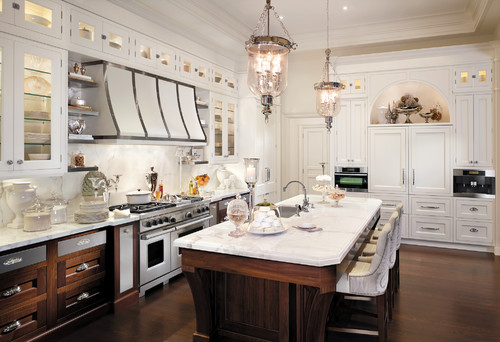

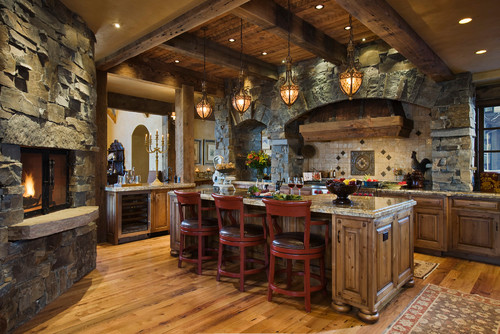
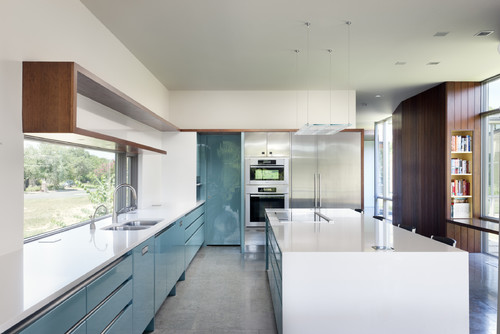




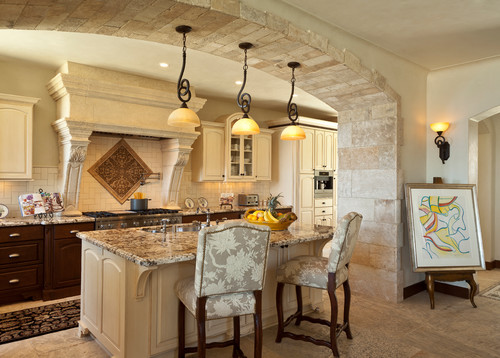


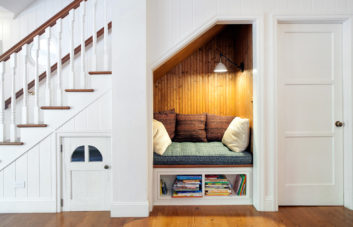
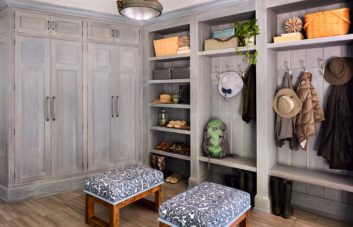
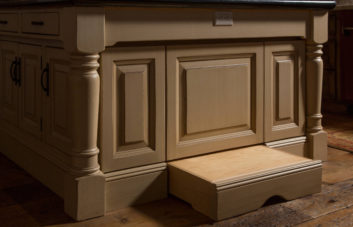
Thank you for the useful tips in regards to the Kitchen Cabinets!! Really amazing…
Nowadays kitchen cabinets extend up to the ceiling and make use of high-up space, increasing the storage efficiency. However, the base cabinets hold a special place and get the most attention. You can also go for the hanging wall cabinets which are often sacrificed for aesthetic features such as windows, dramatic backsplashes, etc.
A couple weeks ago, my wife accidentally broke one of the doors to our cabinets, and we thought it might be time to get all of our cabinets replaced with something newer. I love that custom cabinets are hand constructed to fit your kitchen plans and preferences! It would be nice to know that you are going to get the exact look that you want for your kitchen.
You wrote that one of the most important parts of choosing kitchen cabinets is deciding on the door design. I have been wanting to have new cabinets installed in my home and was curious as to what qualities I should look for. I’ll have to find a cabinet service that has doors that have a very classic and charming look, as I am looking to make my kitchen have that warm, familiar feeling.